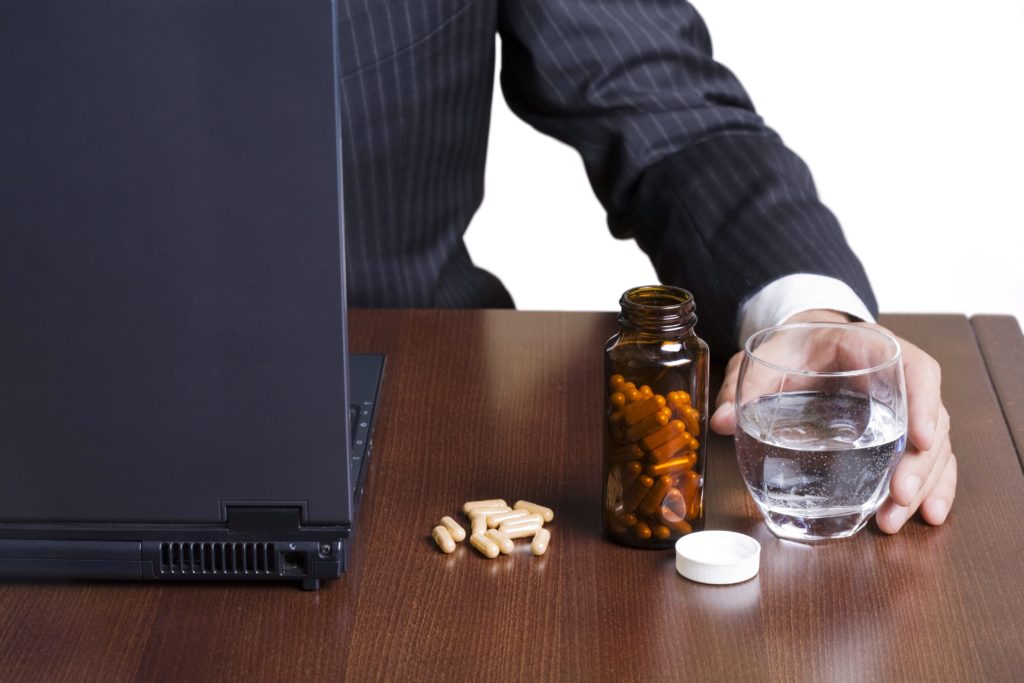The loss of property, businesses and personal possessions, coping with life-threatening illness and tragic deaths due to natural disasters are well-documented. Although peer-reviewed articles, blogs and memoirs have been written on the impact of natural disasters on drug users, this important issue is not engraved in the collective public conscience.
- What happens to addicts during disasters varies based on many complex, intertwined factors, including the availability of abused and therapeutic drugs post disaster, the scope of destruction, resident evacuation, hospital capabilities, addiction outreach efforts, poverty, crime and other issues.
- Analyzing what happened during specific disasters provides invaluable insights and ideas for remedying past oversights. In best-case scenarios, this helps ensure adequate preparation plans are in place for future emergencies.
Hurricane Katrina
For many poverty-stricken drug users and sellers, scoring drugs, getting high, partying and making money were more important than evacuating and going to shelters. Addicts roamed flooded debris-strewn streets, looting stores and the homes of drug dealers, often relying on violence as a means to feed their drug habits. Ten years post–Hurricane Katrina, 11 professionals who worked in addiction treatment agencies in Mississippi, Louisiana and Houston, Texas, reported key findings in an article published in the Journal of Addictions & Offender Counseling. Participants described an overall increase in addiction disorders, particularly prescription drug addictions.
Hurricane Sandy
Hurricane Sandy interfered with HIV- and drug user-related services, including methadone maintenance treatment and syringe exchange. This resulted in increased behavioral risks for HIV and other blood-borne infection transmission. An estimated 59.5% of 300 drug-injecting people polled were unable to obtain street drugs to avoid withdrawal for one or more days. About 51% reported more difficulty than usual obtaining injection drugs from drug dealers or other street sources, and 27.9% reported dealers raised prices during this period.
Hurricane Harvey
The silver lining here is that the storm caused the illicit drug supply to be cut off. But for those enrolled in methadone maintenance treatment, evacuation meant leaving their home clinics, often without any doses. Moreover, many clinics that dispensed methadone, buprenorphine and other drug addiction treatments were flooded or unable to supply these drugs for nearly a week. Texas and Louisiana hospitals were authorized to dose verified individuals on methadone during Harvey, although this was ultimately each hospital’s choice. Many displaced people addicted to opioids and other drugs suffered painful withdrawal symptoms at the George R. Brown Convention Center. The Right Step was able to evacuate clients in residential treatment programs prior to Harvey making landfall. Providing inpatient drug and alcohol treatment, detox and outpatient counseling services is key to relapse prevention, and these services take on added urgency during natural disasters.






